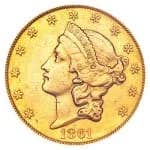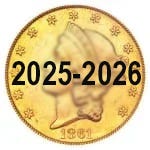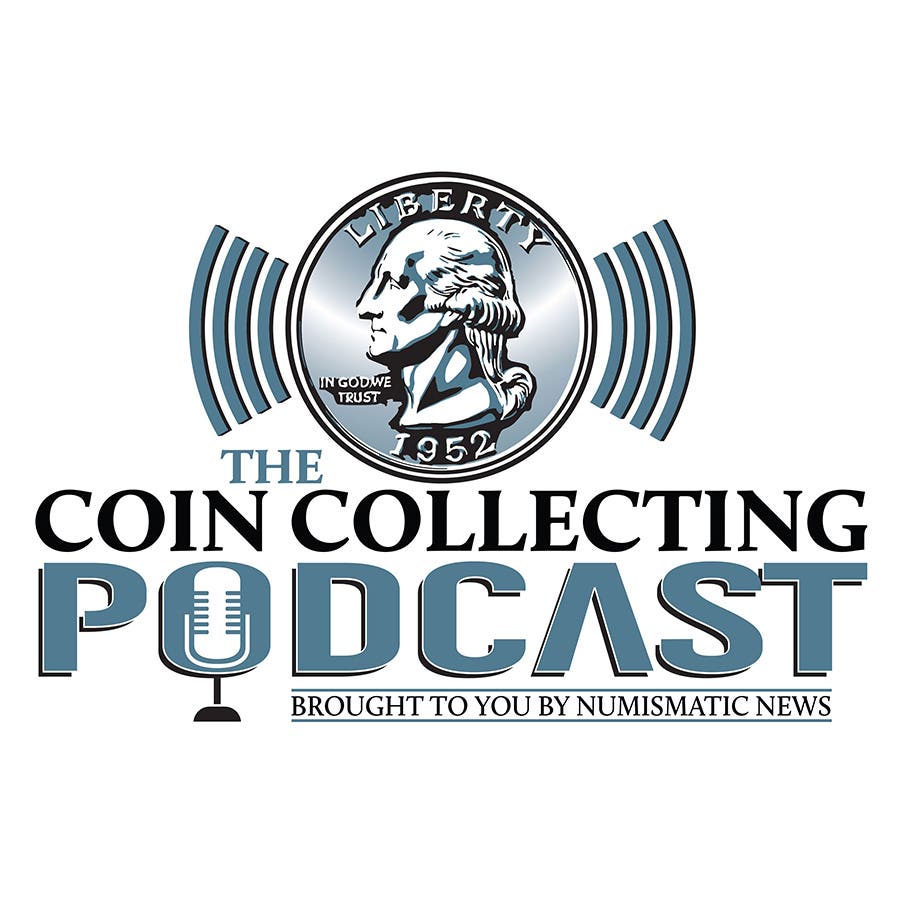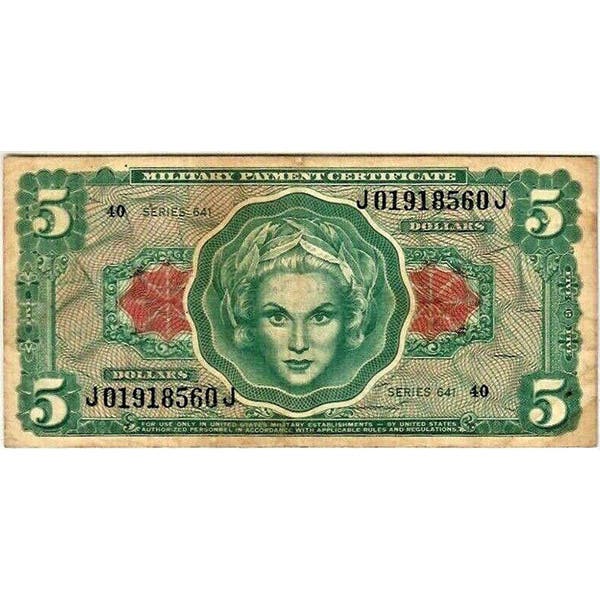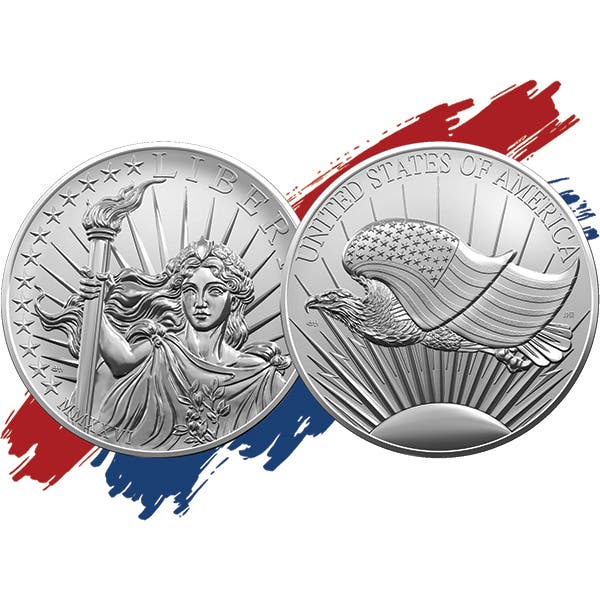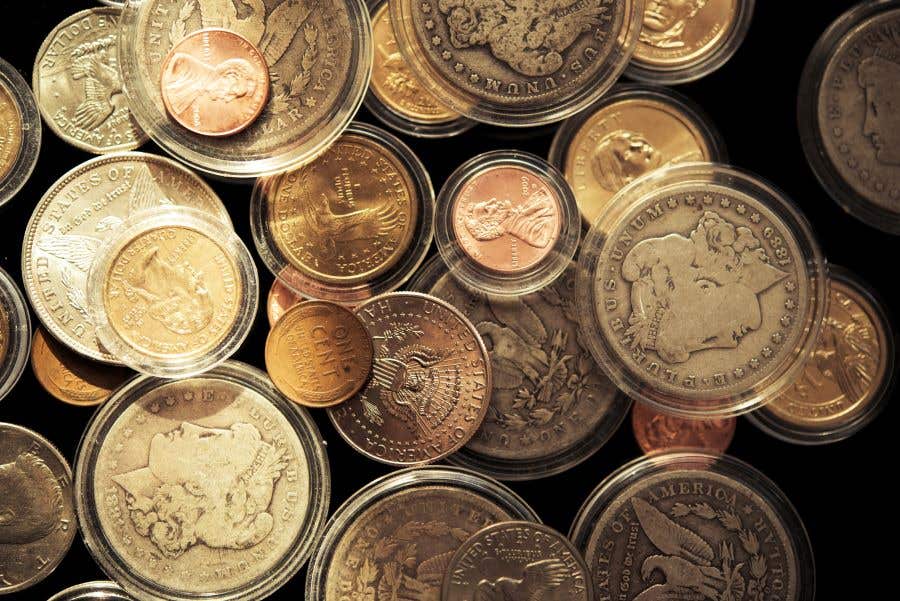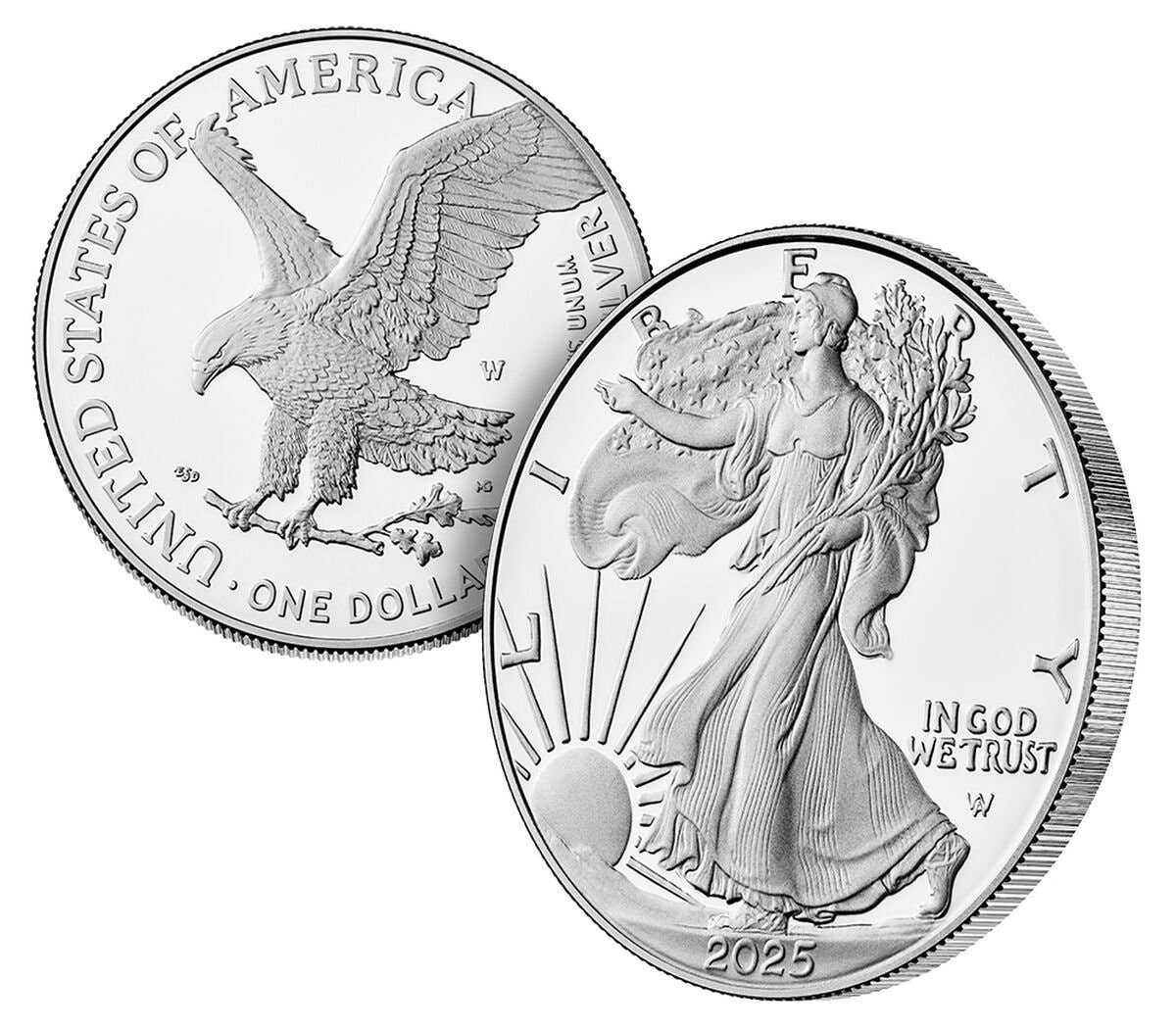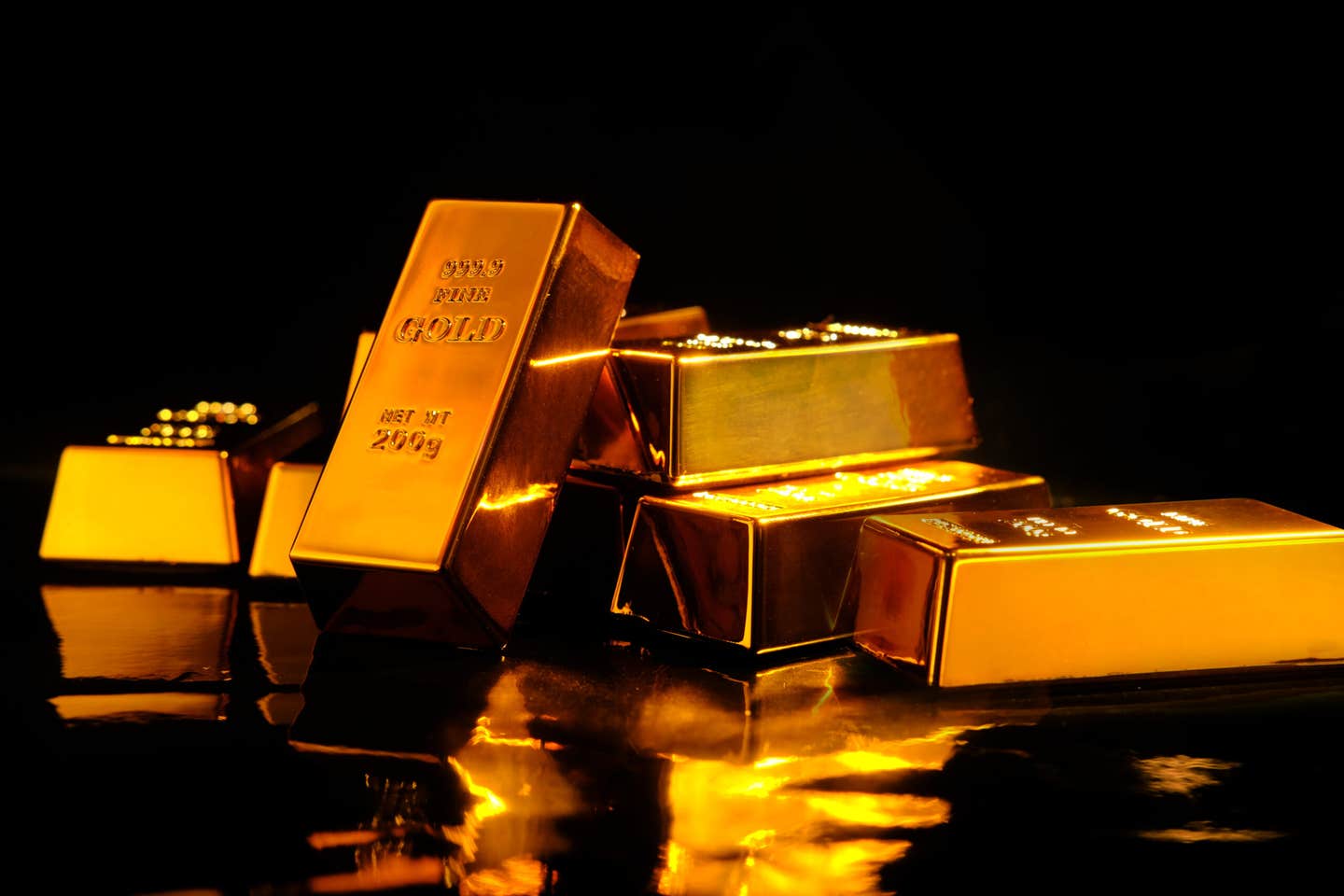Are Gold and Silver Prices Near a Peak?
Gold hits record highs and silver surges to 2011 levels—but are precious metals peaking or just getting started?
In the past four weeks, the price of gold has increased by +7.6 percent, and silver has jumped by +13.8 percent. As measured in U.S. dollars, gold closed Wednesday of this week at an all-time record high while silver reached its highest COMEX close since April 2011. With such large increases in such a brief time span, could these metals be near a peak?
Normally, when you have such a strong surge in such a brief time, you will see some consolidation and profit-taking that stalls the price or even pushes it back down.
There are some technical indicators for gold and silver that signal this could happen.
The first one is the relative balance between paper market trades that are initiated by the buyers or the sellers of contracts. Right now, the balance in both markets is tilted heavily toward buyers. Should these markets revert back closer in balance, which would indicate a slackening of demand, which could halt rising prices. Markets such as gold and silver are now experiencing conditions called “overbought.”
You also must examine how spot prices are trading in relation to global levels in the world’s two largest gold and silver consuming countries—China and India.
As recently as August 25, the private sectors in both nations were using a gold spot price $45 higher than the one used worldwide. But rising gold prices have cut into demand. As of two weeks ago, gold was trading in India about $1.50 below the global levels. In China, the discount below world prices was about 2 percent. This shift in gold prices in China and India relative to global levels indicates some softening of demand, which could slow down or halt price increases.
Another non-technical factor signaling that gold’s price may be nearing a peak is an increase in the number of new buyers.
On September 16, investment bank Morgan Stanley changed its recommended investment portfolio allocation from 60 percent equities/40 percent fixed income to 60 percent equities/20 percent fixed income/20 percent gold. The allocation to gold was specifically labeled as a protection against government inflation of the money supply. Morgan Stanley Chief Investment Officer Mike Wilson told Reuters Global Markets Forum, “Gold is now the anti-fragile asset to own, rather than Treasuries. High-quality equities and gold are the best hedges.”
When markets become saturated with buyers, that almost always signals a peak, as there are no more new buyers to join in. In the U.S., there has been a definite surge in new gold and silver buyers in the past few weeks.
When you consider these factors, some could anticipate that gold and silver markets may be near a peak.
In my judgment, such conclusions are almost certain to be wrong.
Gold and silver have been used as “report cards” on fiat (paper) currencies. As of Tuesday this week, the U.S. Dollar Index had fallen by 38.3 percent year to date against an ounce of gold. It dropped by an even larger percentage to silver.
For gold and silver to be near their peaks, the value of the U.S. dollar needs to stabilize or recover. I don’t see any politicians or bureaucrats advocating the necessary steps to accomplish that goal. For instance, the federal government spent $6.75 trillion in the fiscal year ended Sept. 30, 2024. In the fiscal year ended Sept. 30, 2025, expenditures came to $6.66 trillion, virtually the same as the year before.
For fiscal 2024, the federal government ran an official deficit of $1.83 trillion, a figure which does not include the multi-trillion dollar deficit for Social Security, Medicare, and related programs. By the end of August 2025, the federal government’s official 11-month deficit had already reached $2.0 trillion.
Soaring government deficits, debt, and the net present value of unfunded liabilities for Social Security, Medicare, and related programs create a growing risk of continuing declines in the purchasing power of the U.S. dollar, meaning higher future gold and silver prices.
The politicians were hoping that the Federal Open Market Committee announcement on September 17 that it was lowering the federal funds interest rate would lead to other declines in interest rates. That has happened in some instances, including shorter maturity U.S. Treasury debt. However, the interest rate yield on 30-year U.S. Treasury debt on September 17 was 4.66 percent. On October 1, this week, it had risen to 4.72 percent. This signals weakness in the future purchasing power of the U.S. dollar.
You also must look at developing shortages in gold and silver inventories. The percentage of maturing COMEX gold and silver futures contracts called for delivery this year is higher than in the past. That is a significant indicator of rising physical demand. A standard COMEX silver contract is for 5,000 ounces, consisting of five 1,000-ounce ingots. The demand for COMEX silver deliveries is currently so strong that the wholesale price of COMEX-deliverable 1,000-ounce bars has recently sometimes been higher than for 1-ounce bars and rounds!
In my judgment, when you consider that the change in the purchasing power of the U.S. dollar heavily influences the prices of gold and silver, the two metals are nowhere near their peak.
Last column’s numismatic trivia question.
Last time I asked—The original reverse design of the U.S. Shield Nickel that debuted in 1866 had rays between the stars. Why were the rays removed from the design partway through 1867? There are two reasons given for the change. First, these coins, with a 75 percent copper and 25 percent nickel content, proved to wear out dies faster than the metals used to strike other coins. Dies also wear out faster when the design is more complex. As a consequence, Shield Nickels exhibit a higher percentage of die cracks compared to any other U.S. coins. Eliminating the rays in 1867 made the design simpler and extended the life of the dies to strike them.
Second, Shield Nickel designer James B. Longacre was appointed to the position of Chief Engraver at the U.S. Mint in 1844 by Senator John C. Calhoun, a former U.S. Vice President under John Quincy Adams and Andrew Jackson, who was a states’ rights advocate from South Carolina. Although Calhoun died in 1850, his early influence over Longacre made some suspicious of Longacre’s political sympathies in the Civil War, and that the rays and stars on the Shield Nickel’s reverse may have been an attempt to symbolize the Confederate Stars and Bars battle flag. The removal of the rays on the coin eliminated this controversy.
This week’s trivia question
Here is this week’s question. What was the first U.S. coin to bear an obverse mintmark? Come back next week for the answer.
Patrick A. Heller was honored as a 2019 FUN Numismatic Ambassador. He is also the recipient of the American Numismatic Association 2018 Glenn Smedley Memorial Service Award, the 2017 Exemplary Service Award, the 2012 Harry Forman National Dealer of the Year Award, and the 2008 Presidential Award. Over the years, he has also been honored by the Numismatic Literary Guild, Professional Numismatists Guild, National Coin & Bullion Association, and the Michigan State Numismatic Society. He is the communications officer of Liberty Coin Service in Lansing, Michigan, and writes “Liberty’s Outlook,” a monthly newsletter on rare coins and precious metals subjects. Past newsletter issues can be viewed at www.libertycoinservice.com. Some of his radio commentaries, "Things You ‘Know’ That Just Aren’t So,” and “Important News You Need To Know,” can be heard at 8:45 a.m. Wednesday and Friday mornings on 1320-AM WILS in Lansing (which streams live and becomes part of the audio archives posted at www.1320wils.com).

